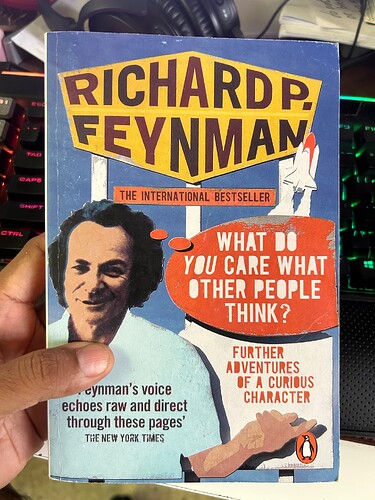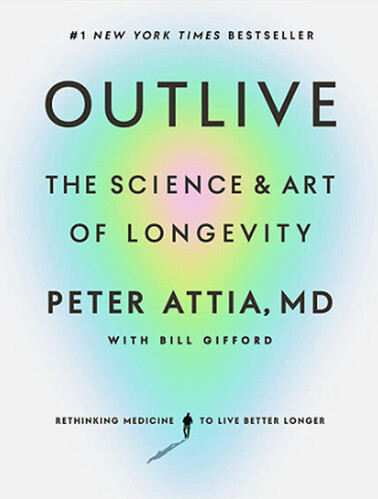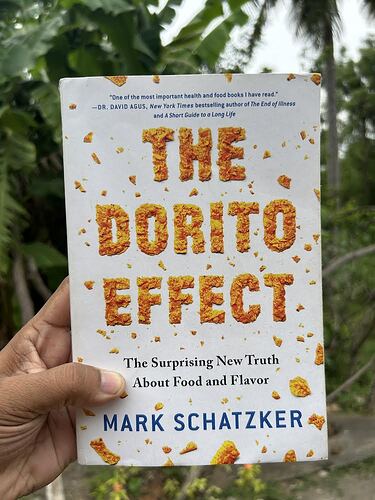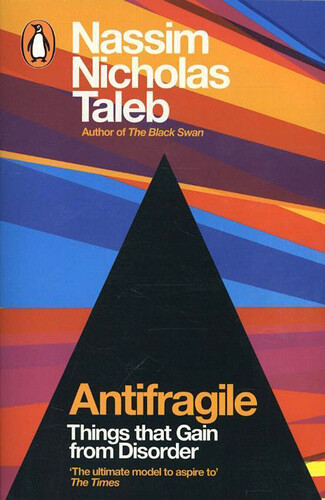Book: Automated Stock Trading Systems: A systematic approach for Traders to make money in Bull, Bear and Sideways Markets
Author: Laurens Bensdorp
Multiple non-correlated strategies to make money in bull, bear and sideways markets.
There are as many styles of trading as there are traders. However, to create a sound, successful multi-system approach, we need to concentrate on only four basic styles of trading: long-term trend following long, long-term trend following short, mean reversion long, and mean reversion short.
Long-term trend following long: Simply going long based on some MA indicator.
Mean Reversion Long: A reversion system is the opposite approach. In the case of mean reversion long, you look for a stock that has been much oversold and for which there is a better-than-average statistical likelihood that it will rise back to its mean price. This is very short-term trading, where you get in and out again in a few days.
Mean Reversion Short: With mean reversion short, you seek stocks that have been overbought and short them, expecting them to drop back to their mean. There is a moment when what I call “stupid money” gets into a market, and the institutional money is heading for the exit. That’s a sign that a stock is overbought.
Long-term trend following short: Trend following can work on the short side as well as the long side. When there are severe downtrends, as in 2008 or 1929, a simple system in which we sell short when the market shows a clear downtrend can be very useful.
The 12 Ingredients of Every Trading System: Your objectives, Your beliefs, Trading universe, Filter, Setup, Ranking, Entry, Stop-loss, Re-entry, Profit protection, Profit taking, Position sizing
Ranking: You might rank stocks by: Volatility, Strongest trend, Most overbought and Most oversold
Because you’re only trading ten stocks, the ranking is a very important part of your system. If you choose the most volatile stocks, or the most overbought stocks, or the most oversold stocks, you will come up with very different rankings. This brings you back to your beliefs. If you are trading a trend-following system, for example, your beliefs about which stocks will perform well in that trend will inform the way you filter.
Example of systems based on the above 12 ingredients:
System 1: Long Trend High Momentum
Objectives: To be in trending stocks that have big momentum. This gets you into the high-fliers, the popular stocks when the market is in an uptrend. We only want to trade when the market sentiment is in our favour and we are in very liquid stocks. I like a lot of volume for long-term positions because the volume may diminish over time and you want to have a cushion so you can always get out with good liquidity. Also, I like to rank this system with the more volatile stocks first. I want to stay in the stock for a long ride up, so I’ll have a wide trailing stop.
Beliefs: Historical testing has shown that buying big momentum stocks has a consistent edge when bought in an uptrend and then putting in a trailing stop to capture profits.
Trading Universe: All stocks listed on the NYSE, NASDAQ, and AMEX.
Filter: Average daily dollar volume greater than $50 million over the last twenty days. Minimum price $5.00.
Setup: Close of the SPY is above the 100-day simple moving average (SMA). This indicates a trend in the overall index. The close of the 25-day simple moving average is above the close of the 50-day simple moving average.
Ranking: In case we have more setups than our position sizing allows, we rank by the highest rate of change over the last 200 trading days. This means the highest percentage price increase over the last 200 trading days.
Entry: Next day market order on open. I’m not worried about slippage for a long trade, and I definitely want to be in.
Stop-Loss: The day after entering the trade, place a stop-loss below the execution price of five times the average true range (ATR) of the last twenty days. That will definitely keep me outside the daily noise and give the trade room to develop.
Re-entry: If stopped out, reenter the next day if all entry conditions apply again.
Profit Protection: A trailing stop of 25 percent. This is in addition to the initial stop-loss. Eventually, as the stock rises, the trailing stop will move up above the stop-loss price.
Profit taking: No profit target; the goal is to ride this as high as it will go.
Position sizing: 2 percent risk and 10 percent maximum percentage size, with a maximum of ten positions.
Drawbacks of System 1: At times when the S&P index is below the 100-day simple moving average we don’t get any set ups and thus don’t get any new trades. Then we are on the sidelines and know it will take a long time to recover from that drawdown. When there are no trends there are no setups, and this is one of the biggest drawbacks of trend-following systems.
System 2: Short RSI Thrust
Objective: Short stocks in order to hedge when the markets move down. When long positions start to lose money, this system should offset those losses. This is the perfect add-on to an LTTF system, to capture those downward moves.
Beliefs: There is always a time when there’s so much greed in certain stocks that when you short them, the statistical likelihood that you can buy them back a few days later at a lower price is greater than random, so there’s a very consistent edge.
Trading Universe: All listed stocks on the NYSE, NASDAQ, and AMEX.
Filter: Minimum price of $5.00 Average dollar volume over the last twenty days greater than $25 million. We need enough volume to generate the liquidity necessary for you to be able to short the stock. The average true range percentage over the last ten days is 3 percent or more of the closing price of the stock. This filter identifies stocks that have sufficient volatility for the system to work. Measuring ATR as a percentage of the closing price treats every stock the same in terms of assessing their volatility.
Setup: Three-day RSI is above ninety. This shows a lot of demand and momentum for the stock—another way of saying “a lot of greed.” The last two days the close was higher than the previous day.
Ranking: Highest seven-day ADX. The ADX helps us to select stocks that are moving a lot, and many times a very high ADX is a good indication of a trend reversal.
Entry: Next day, sell short 4 percent above the previous closing price. This is a limit price, to ensure we don’t have negative slippage, which could erode our edge. Also, selling short 4 percent higher than the previous close gives us an additional edge, capturing more intraday greed.
Stop-Loss: The day after we place the order, place a buy stop of three times ATR of the last ten days above the execution price. This is a large stop, but it is the key for mean reversion. If the stock continues to rise, we will be stopped out, buying back the stock we shorted at three times the ATR.
Re-entry: If we get stopped out, re-enter the next day if all entry conditions apply again.
Profit Protection: None. No trailing stop because it is a very short-term trade.
Profit Taking: If at the closing price the profit in the position is 4 percent or higher, get out the next day’s market on close. We also have a time-based exit: If after two days the trade has not reached its profit target, we place a market order on close for the next day. The goal is to make a fast profit or get out of the position. If we stay in the position it may go against us. Instead, let’s get out and look for another candidate.
Position Sizing: 2 percent risk and 10 percent size, a maximum of ten positions.
| Trading System |
CAGR% |
Max DD |
| System1 Momentum |
22.52 |
42.14% |
| System2 Short RSI |
18.14 |
24.66% |
| Combined System |
43.54 |
31.5% |
Here you can begin to see the power of multiple non-correlated systems trading. At almost 43 percent, the CAGR is substantially improved compared to either of the individual systems. The maximum drawdown is now 31 percent.
He added more non-correlated systems and improved the CAGR, volatility, drawdowns, MAR and overall performance of the system.
Conclusion: This is a very short read for starting quant investors. The book offers a peek into the future. As computing power increases many small investors will also be able to afford these strategies and backtesting. It also shows how to make money when markets are trading sideways or falling down.







